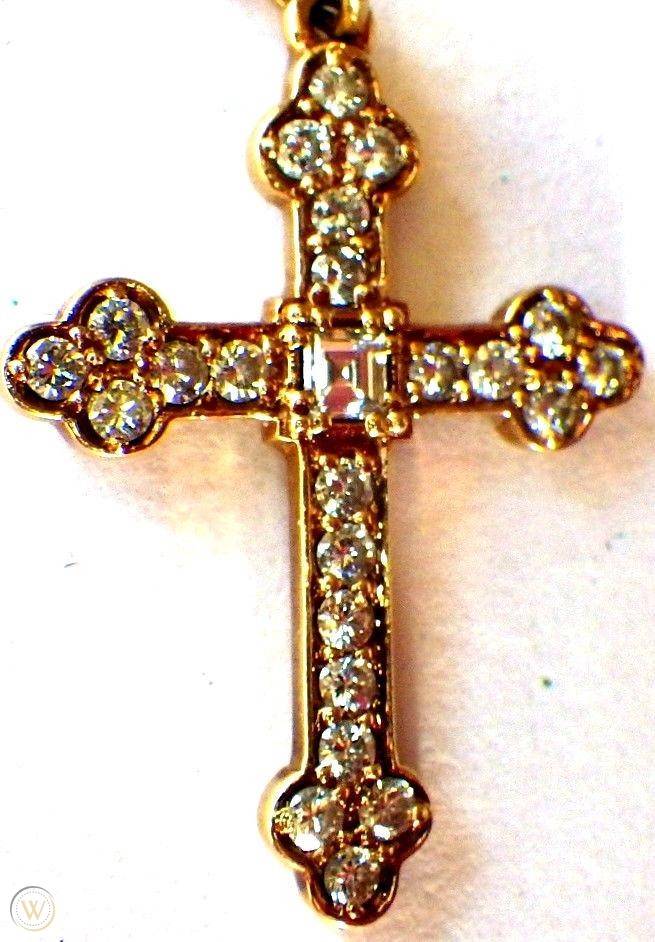
Some of the world’s greatest companies got their start in a humble garage: Amazon, Apple, Disney, Google, Hewlett Packard, Mattel, and Microsoft, among others. But none of them can hold a candelabrum to James Avery Craftsman.
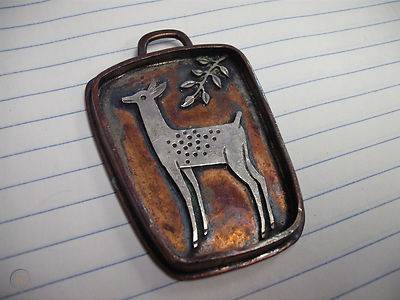
A veritable Tiffany of Texas, James Avery’s heirloom-quality jewelry has been de rigeuer for any well-dressed woman in the Lone Star State — and beyond — for well over half a century. A keyword search on WorthPoint.com for keywords “james avery jewelry” (without quotation marks) yields 22,238 results.
Little girls acquire their first Avery jewelry early on, starting with children’s rings and bracelets, then progressing to James Avery’s now-retired signature dangle rings: smooth or braided precious metal bands with one or two tiny loops that hold a charm of your choosing.
So popular were these iconic accessories that until they were retired recently, the company’s website even featured an interactive Dangle Ring Builder. A WorthPoint search for “james avery dangle ring” brings up 370 results.
Especially cherished are James Avery’s charm bracelets and necklaces, whose sterling silver and/or 14k gold charms are added gradually over the years and ultimately tell the story of the wearer’s life. A 34-inch JAMES AVERY 14K GOLD AND STERLING SILVER 925 CHARM NECKLACE sold on eBay for $1,100 on March 19. 2021. There are 5,434 search results on WorthPoint for keywords “james avery charm bracelet” and 1,208 results for “james avery charm necklace”.
Retired and vintage JA pieces routinely fetch more than their original retail price on sites like eBay and Ruby Lane. One JAMES AVERY RETIRED 3D STERLING PUMPKIN CUT RING CHARM sold on eBay for $1,325 on February 26, 2021.
Today a second generation of Averys runs the family-owned business, now known as James Avery Artisan Jewelry. But its roots run deep in the heart of Texas thanks to the talent, skills, and entrepreneurial savvy of one man: James Avery himself.
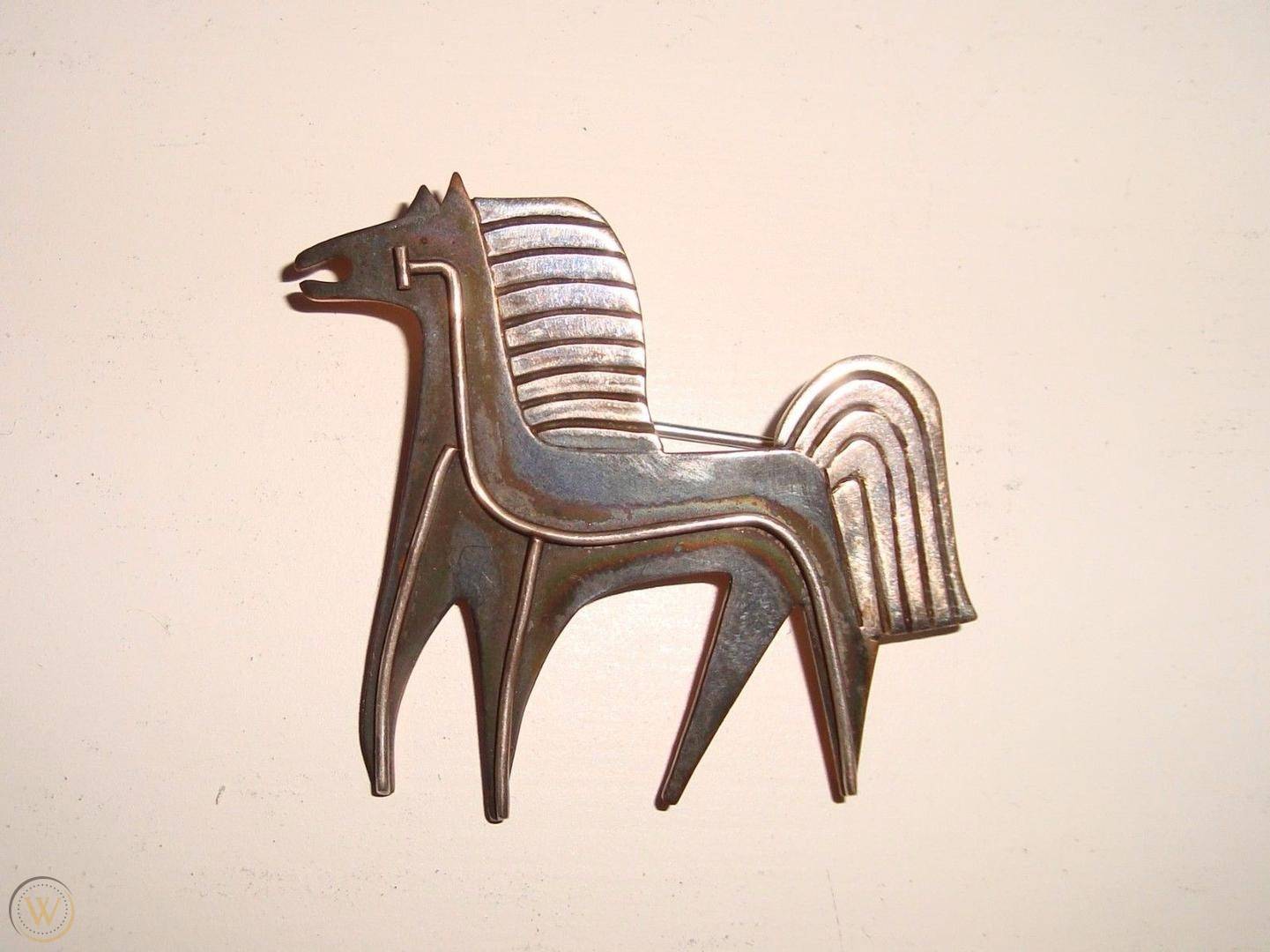
James Avery initially arrived in the Lone Star State’s scenic Hill Country courtesy of the U.S. Army Air Corps. There was a war on, so the young recruit was sent to the San Antonio Aviation Cadet Center at Kelly Field, known today as Lackland Air Force Base, to learn to fly the controversial and notoriously challenging new B-26 fighter plane known as the Marauder.
Forty-four bombing missions over Germany later, the Milwaukee-born pilot hung up his wings and enrolled at the University of Illinois, earning a Bachelor of Fine Arts degree in Industrial Design. After graduation, he taught at the University of Colorado, where he explored jewelry-making techniques with his students.
By 1950, James Avery was ready to give up teaching. He also had a spiritual epiphany; after many years as a self-described “defensive agnostic,” he experienced a renewal of faith.
Meanwhile, he had never forgotten the inspiring surroundings and “can do” attitude he’d encountered in the Texas Hill Country. In 1954, Mr. Avery and his wife returned to Texas to spend the summer visiting his in-laws in Kerrville. It was during this time that he decided to go into business for himself.
James Avery’s first headquarters was his mother-in-law’s two-car garage. Starting with about $250 in capital and the aforementioned homemade workbench, hand tools, and scraps of sterling silver and copper, the fledgling jewelry maker set out to create jewelry with lasting value meaningful to him his customers.
Many of James Avery’s jewelry designs, such as his iconic cutout Crosslet pieces and striking cross pendants, are based upon or incorporate religious symbols. One particularly popular motif is the ichthus, a.k.a. Christian fish, derived from an acrostic whereby the Greek first letters of the words “Jesus Christ, Son of God, Saviour” spell ichthus, meaning “fish.” Early Christians used this sign as a kind of secret handshake, and it appears in mosaics, monuments, and jewelry from those days.
In 1957, James Avery mailed his first catalog. It was 16 pages long and featured 39 personally designed and handmade items. Word was spreading about the craftsman in the hills! During that same year, James Avery hired his first employee, Fred Garcia.

Today, collectors seek out James Avery catalogs so as to properly document their collection and establish the provenance of retired pieces. A WorthPoint search for “james avery catalog” brings back 308 results for both lots and individual booklets.
Catalogs dating back to the 1970s are posted as files in James Avery Connoisseurs, a private Facebook group where JA aficionados showcase their collections, discuss various items found or wanted, and help each other identify their treasured jewelry designs.
From the very beginning, James Avery preached the gospel of integrity and good taste — hence the company’s slogan, “A tradition of integrity.” It was James Avery’s desire to create jewelry that had meaning for him and his customers as well as having lasting value.
“‘The Avery Look’ is not about being new,” stated a previous iteration of the James Avery website. “Instead, it seeks to assimilate and reflect many cultures and the art of those cultures. One might say that The Avery Look is an attempt to embody an insight into all ages and periods of artistic achievement. It is difficult to define. But each piece must pass the fourfold test that has become the company’s guiding philosophy: Simplicity, Integrity, Meaning, and Universality.”
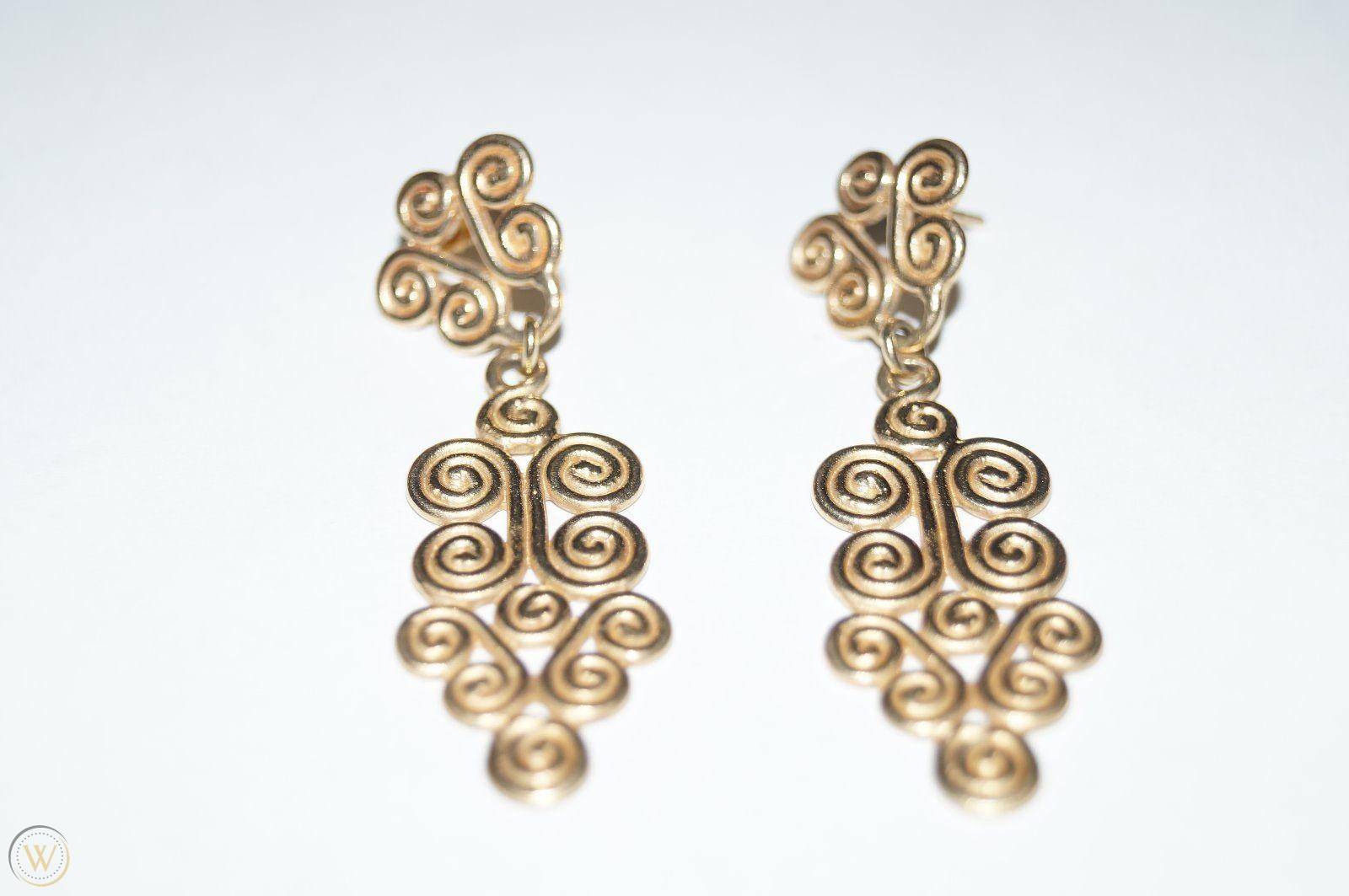
The sinuous openwork scrolls of James Avery’s Sorrento Collection (comprising a hook-on bracelet, rings, and dangle earrings) were taken from the lacy wrought-iron filigree of balcony railings seen in the Italian city of Sorrento.
In 1965, Mr. Avery incorporated his business as James Avery Craftsman, Inc. Two years later, he built the company’s present headquarters on 20 rustic acres near Kerrville, Texas, not too far from the original garage.
There he became the employer of skilled artisans and designers, gradually building a family-owned, vertically integrated firm wherein each piece of James Avery jewelry is handcrafted deep in the heart of the Texas Hill Country by skilled local artisans, then sold predominantly through one of the company’s own retail stores.
In 2007, James Avery officially handed over the reins of his company to sons Chris (CEO) and Paul (Executive Vice President). However, he served as Chairman of the Board Emeritus until his death in 2018 and spent most days in his office in Kerrville, doing what he loved best: designing and creating new jewelry items.
James Avery offers the full gamut of jewelry and related items, including bracelets; charms; cuff links/cufflinks; earrings; money clips; necklaces; pendants; pins; and rings plus belt buckles, bookmarks, holiday ornaments, key rings, paperweights, pocket pieces, and wall plaques. They manufacture 1100 designs and 14,000 separate jewelry items for men and women in sterling silver, 14k and 18k yellow and white gold, and natural and lab-created gemstones.
Specialty items include the religious items for which the company originally became known — especially crosses — along with gifts for anniversaries; baptism, confirmation, and First Communion; birthdays, including Quinceanera; Christmas; Easter; Father’s Day; graduation; Mother’s Day; new baby; and Valentine’s Day; plus, of course, a comprehensive line of wedding and engagement jewelry, including wedding bands. There is also a Texas-centric Southwestern Collection.
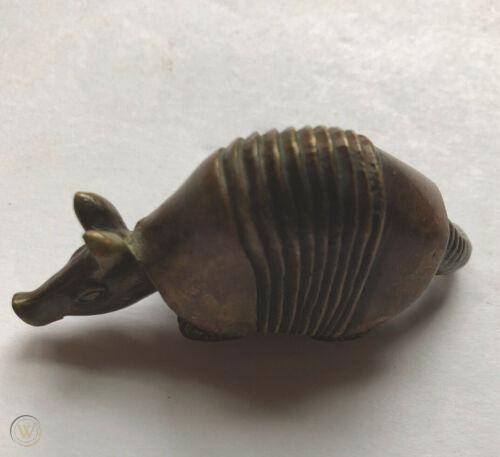
Another specialty line is camp jewelry. There are 165 camp charms, commemorating summers in the Hill Country at Camp Arrowhead (now closed), Camp Kickapoo, Camp LaJunta, Camp Mystic, Camp Waldemar, Happy Haven, and Heart O’ The Hills, among others. There are 182 WorthPoint search results for “james avery camp”, including 5 results for 14k gold and diamond “james avery camp waldemar ring.” The latter sell at prices ranging from $475 to $2000.
More generic but equally adorable charms depict camp icons such as a bunk bed, footlocker, rubber raft, canoe, boat paddle, life preserver, badminton birdie, tennis ball, kerosene lantern, swim fins, English stirrups, Western saddle, archery target, bow and arrow, and I (heart) CRAFTS.
Finally, there are 8 milagros (miracles) charms — small religious tokens traditionally used in Mexico to accompany a petition or as an offering to thank the deity for prayers already answered — along with several university charms. In addition to “Ivy League” charms with various numbers, there are charms for Baylor University, University of Houston, University of Oklahoma, and The University of Texas.
James Avery jewelry can be identified by its distinctive maker’s mark, a three-branched candelabrum flanked by the initials JA. It was the company’s original logo. The three flames represent the light of the artist, the fire of the craftsman, and the beauty of the world around us. Pieces lacking sufficient surface area to bear the candelabrum stamp are simply marked AVERY along with STER, 925, 585,14K, 750, and/or 18K.
A few pieces over the years were made in Mexico; if so, they are marked accordingly.
Because Mr. Avery believed that “Giving is what it’s all about,” James Avery’s Forging Hope program supports numerous community-based nonprofit organizations via fundraising, corporate grants, charitable partnerships, and college scholarships. Sixty-seven years later, the altruistic values hammered into James Avery’s earliest jewelry designs are still exemplified by the company he founded. For more information and to see the current line of James Avery jewelry, go to JamesAvery.com.
Betsie “eBetsy” Bolger is a freelance writer/editor, former eBay Education Specialist, and Top Rated Seller on eBay. She sells new, estate, vintage, and artisan jewelry for a client’s account as well as Converse sneakers, vintage jigsaw puzzles, limited-edition Teddy the Dog merchandise, and select consignment items in partnership with her husband. Betsie is also a longtime WorthPoint fan who previously wrote WorthPoint’s commercial spots for eBay Radio. Find her via ebetsy.com, acquisatory.com, and TexAnnasAllStore.com.
WorthPoint—Discover Your Hidden Wealth®
The post The Tiffany of Texas: Jewelry by James Avery Craftsman first appeared on WorthPoint.